Pressure to optimize asset management
Large corporations and businesses typically have a highly diverse range of assets to manage (including equipment, offices, infrastructure, building technical systems, etc.) distributed across numerous branches, representative offices, and subsidiary units.
Many of these businesses have implemented software such as accounting and ERP systems, which include a component related to asset management. This has the advantage of providing the finance and accounting departments with access to data; however, this data often focuses on tracking asset value and depreciation rather than monitoring the entire asset lifecycle.
Therefore, the reality is that when assets are due for scheduled maintenance, there are no real-time alerts about malfunctions, maintenance, or degradation. This leads to delayed maintenance, resulting in increased repair and replacement costs, and making it difficult for businesses to make strategic investment decisions.
According to the ISO 55000 definition, asset management is not simply about tracking depreciation. The ISO 55000 defines asset management as the coordinated activity of an organization to realize value from its assets, whether financial, real estate, or intellectual property.
Therefore, asset management must be a coordinated activity between departments – meaning avoiding data "silos" (lack of connectivity) or operational mismatches. Furthermore, the ultimate goal is to realize value from assets, meaning balancing the costs, risks, and operational efficiency of assets throughout their lifecycle, optimizing the value derived from assets to achieve the organization's strategic objectives.

In the current context, the trend of digitizing asset management is becoming more urgent than ever. Factors such as pressure for transparency in auditing, requirements for compliance with ESG standards, rising operating costs, and the complexity of the operational structure of diversified corporations are forcing businesses to drastically transform their asset management practices.
With the support of specialized software, especially asset management solutions designed for integration and full-lifecycle tracking, asset management in large corporations is gradually being digitized. This process not only helps to better control operations but also contributes to improved financial efficiency, reduced risks, and helps businesses make accurate and timely investment decisions.
The story of ROX Group is a case in point. With a system of dozens of member companies and thousands of assets including buildings, urban areas, factories, shopping centers, hotels, etc., ROX faced the challenge of managing them centrally and synchronously, yet remaining flexible for each unit.
According to Mr. Dinh Viet Thang, Director of Real Estate Operations at TNTech Joint Stock Company, when a business develops to a certain level, the number of fixed assets reaches hundreds of thousands, and especially when the business is concerned with optimizing investment costs and asset utilization efficiency, then using a specialized solution for this field is necessary.
Digitizing asset management according to ISO 55000
At the 2025 Sao Khue Awards, the judging panel awarded TNTech's T.FM asset management software a 5-star rating. The development process was guided by TNTech's engineering team, referencing and orienting the ISO 55000 standard for asset management. This ensures operation according to international standards while maintaining a localized approach suitable for businesses in terms of operational processes, ease of use, convenient maintenance and upgrades, and cost-effectiveness.
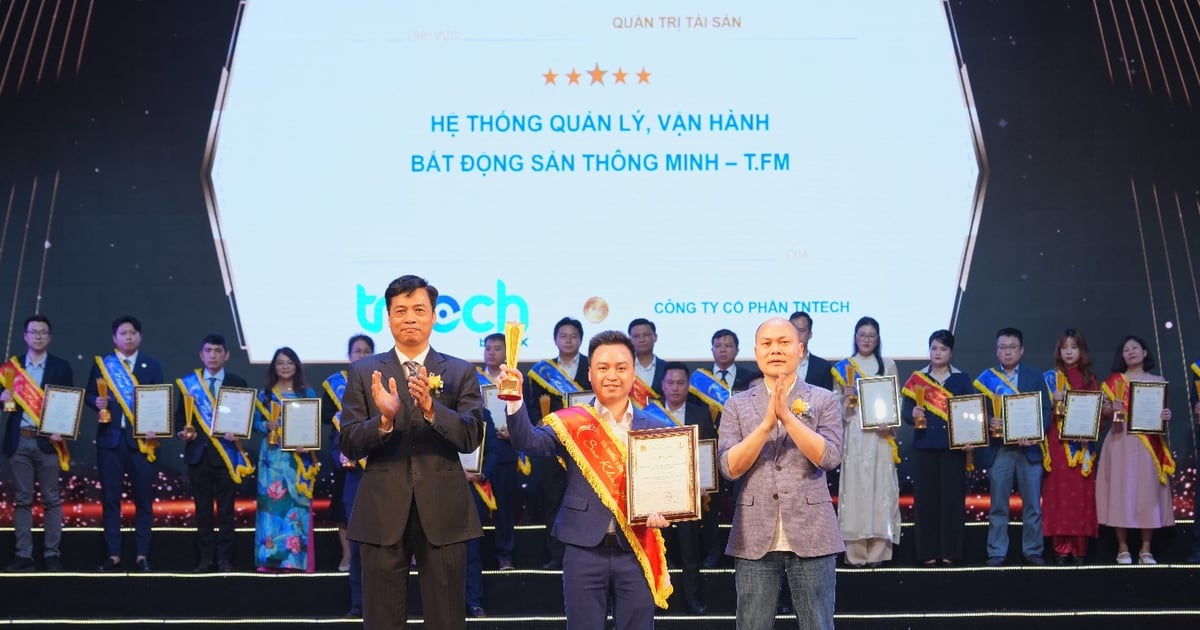
T.FM was awarded 5 stars by the Sao Khue Award judging panel.
Furthermore, T.FM, with its layered architecture and high integration capabilities, allows large enterprises and corporations to standardize and control the entire asset lifecycle from investment, procurement, operation, maintenance, and disposal; to link operations between the parent company and member units through a centralized data system while maintaining clear access control; and to synchronously manage both physical and exploitable assets such as lease contracts, technical systems, and inventory.
T.FM has been implemented in many businesses, including ROX Group. The implementation process has shown that the solution has helped optimize costs and resources by minimizing errors and improving accuracy in operational processes. Problems and limitations in traditional management methods have been quickly and thoroughly resolved.
As a result, ROX Group not only saved costs but also enhanced its competitiveness in the market. Specifically, since using T.FM, more than 50,000 pieces of equipment belonging to ROX Group have been evaluated; of which 43,600 pieces of equipment that had reached the end of their depreciation period were reused, resulting in estimated savings of 5 billion VND; 54,000 unforeseen tasks and 11,000 recurring tasks were completed with a SLA rate of 95%.
Moreover, T.FM helped ROX Group recover many "forgotten" revenue items. Items such as LED screens, swimming pools, and parking garages in a central building that were not optimally managed, as well as many OCC (Out-of-Condition (OCC) fees that had not been accounted for or controlled, were "found".
Since implementing T-FM, the entire operation has been digitized, with daily updated revenue reports and alerts. As a result, the management unit has developed an annual revenue plan of VND 120 billion, recording actual revenue to date of VND 60 billion, cumulative revenue of VND 47 billion, and an estimated full-year revenue of VND 78 billion. Continuously updated plan completion rates and occupancy rates for leased areas help leadership develop appropriate growth strategies.
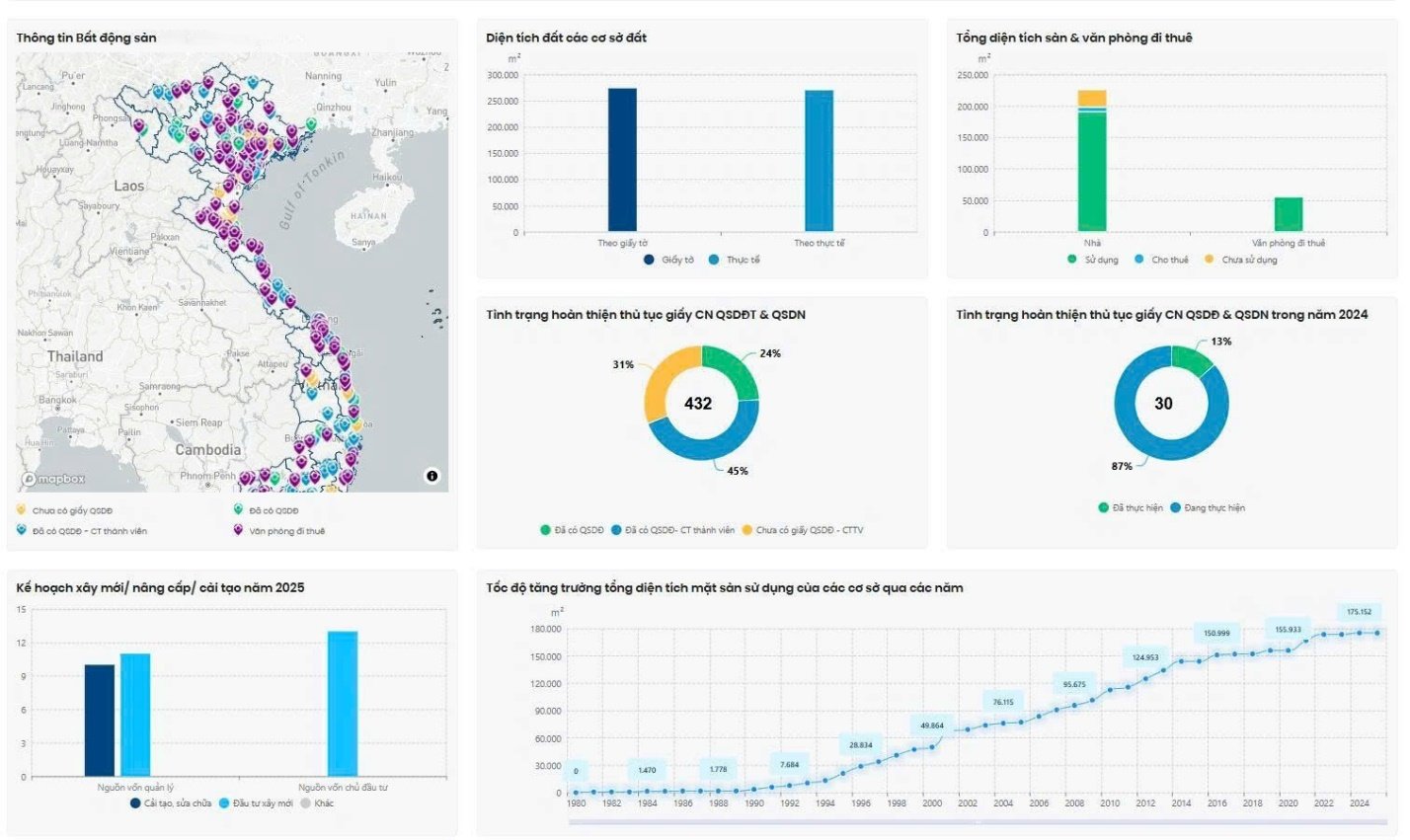
What sets T.FM apart from other solutions on the market is not only its ability to manage tangible assets throughout their lifecycle, from procurement planning and operation to maintenance, repair, inventory, and disposal processes, but also its unique understanding of managing real estate assets. Projects, from legal documentation and construction progress to acceptance, handover, and operation, are all efficiently managed with T.FM. Thanks to the application of a modern, digitized management platform that fully utilizes T.FM's features, ROX Group has affirmed its position in the strategic field of urban and industrial park development.
In a context where asset management plays an increasingly strategic role in business operations, especially in large corporations, owning a comprehensive digital solution is crucial. With its compliance with the international ISO 55000 standard and its design tailored to the Vietnamese context, T.FM offers a reliable option for businesses seeking an effective, flexible, and sustainable asset management tool.
Source: https://phunuvietnam.vn/xu-huong-so-hoa-quan-ly-tai-san-o-cac-tap-doan-lon-2025072812263781.htm










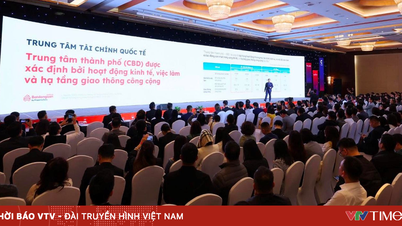

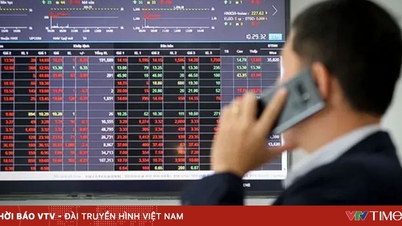
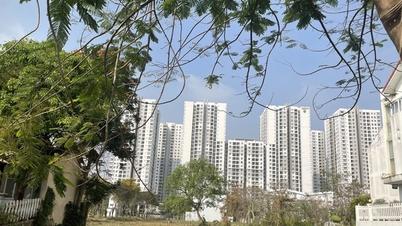

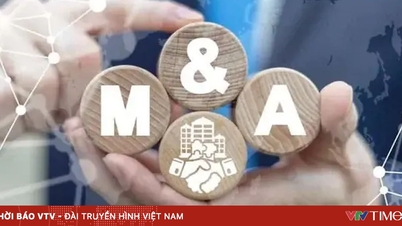
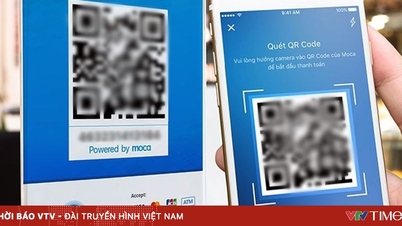
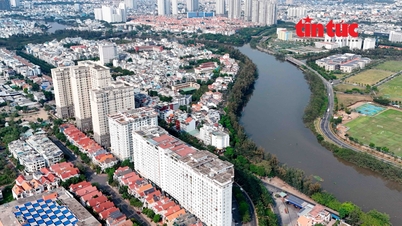



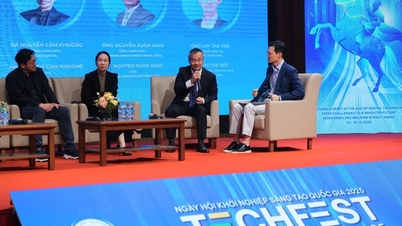

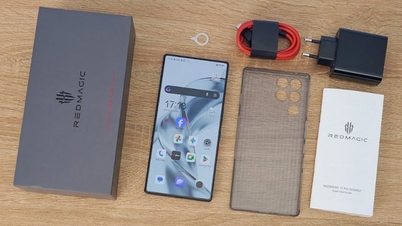

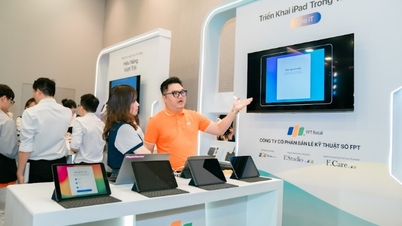





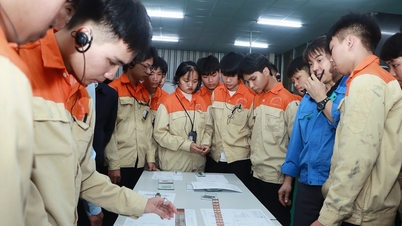





























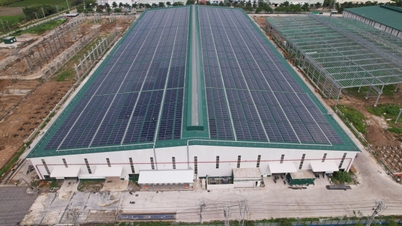
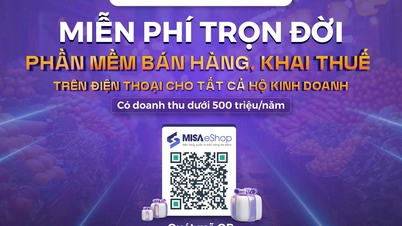

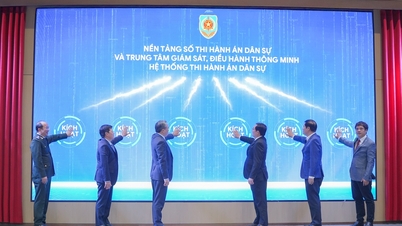







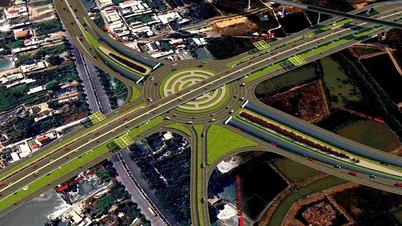
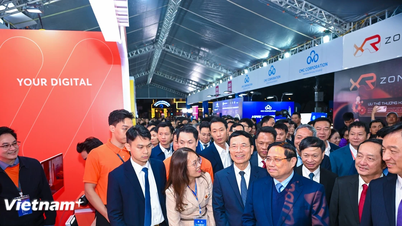

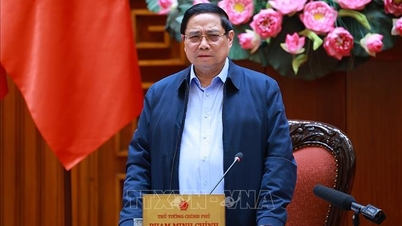






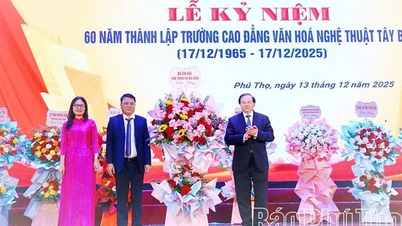
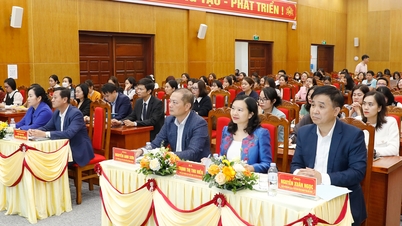

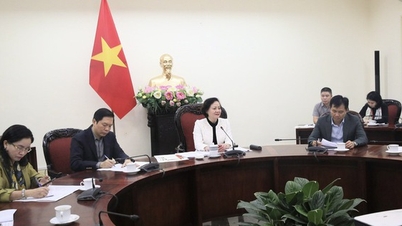
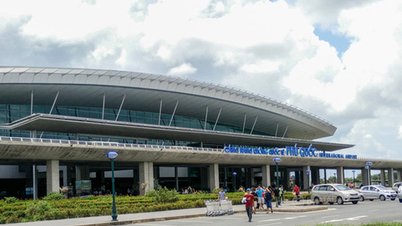
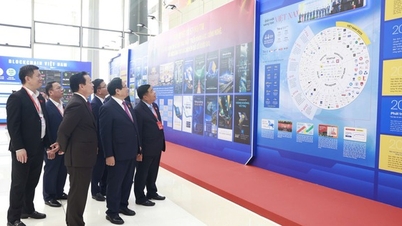
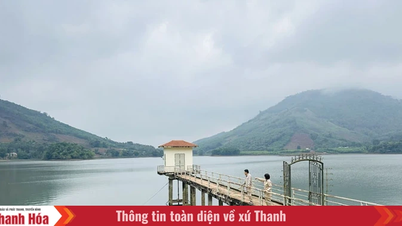

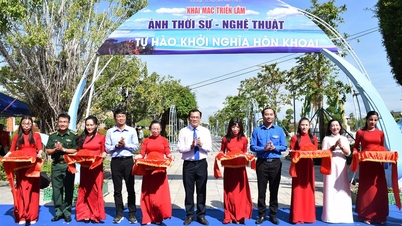
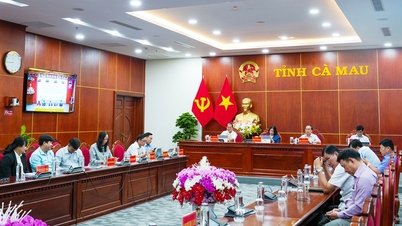
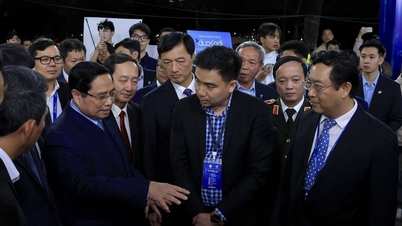

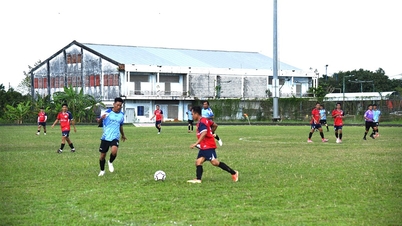















Comment (0)